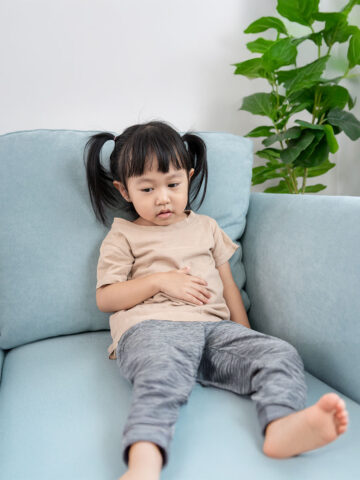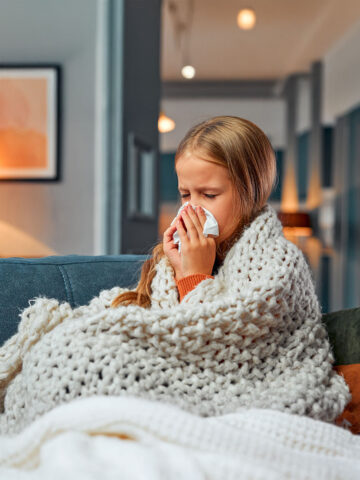Earlier this summer, a hospital in Tennessee reported seeing an increased number of infants under 3 months old with parechovirus infections.
With a few more cases popping up from different states, the Centers for Disease Control and Prevention (CDC) has issued an alert to doctors and public health experts to consider this virus when caring for small babies who are sick.
This news has understandably been worrying for some parents with young children. Here, Dr. Jasjit Singh, a pediatric infectious disease specialist and medical director of infection prevention at CHOC, answers parents’ frequently asked questions about parechovirus.
What is parechovirus?
Parechoviruses are a group of viruses known to cause a spectrum of disease in humans. There are four species, of which only PeV-A is known to cause disease in humans. PeV-A has multiple types; PeV-A3 is most often associated with severe disease — much like the cases reported in infants.
Parechovirus commonly infects kids. It is not a new virus, and it usually isn’t harmful. Most children have had a parechovirus infection by the time they reach kindergarten. Infections tend to happen most often in the late summer and early fall, and typically peak every other year.
What are the signs and symptoms of a parechovirus infection?
Parechoviruses don’t usually cause symptoms. When they do, a person can have:
- A sore or scratchy throat.
- A runny nose.
- Coughing and sneezing.
- Fever.
- Nausea, vomiting or diarrhea.
- A rash.
I am a parent of an infant. Should I be worried about parechovirus?
Developing severe illness from parechovirus is rare for infants and young children.
Parechovirus is a common infection in young children. Often, they don’t even know they’ve been infected because they have no symptoms. If symptoms develop, they are usually mild.
Rarely, parechovirus can cause a more severe infection and may include sepsis-like illness and neurological issues like seizures and meningitis, especially in babies under 3 months of age (particularly those under 1 month). That’s because their immune systems haven’t had time to get stronger.
It’s hard to tell why the U.S. is hearing reports of an increased number of severe parechovirus cases, and how much of an increase in cases we’re seeing compared to previous years. It could be due to increased testing or the COVID-19 pandemic could have temporarily halted infections during lockdown, says the CDC. Eased COVID-19 restrictions may have caused parechovirus to start circulating again.
What should parents do when their infant is sick?
Parechovirus is one of many germs that can cause illness in babies. The guidelines on when to get medical care for an infant are the same for all infections.
Parents should call the doctor if an infant younger than 3 months old:
- Has a temperature of 100.4°F (38°C) or higher, or a temperature below 97°F (36.1°C)
- Isn’t able to feed well, especially if the baby appears dehydrated. Signs include drowsiness, a dry or sticky mouth, sunken eyes or soft spot on the head, no wet diaper in 6 to 8 hours and crying with little or no tears.
- Is vomiting or has diarrhea.
- Develops a rash.
- Is fussy, irritable, or crying and can’t be calmed down.
- Is having trouble breathing.
- Is very pale.
- Is extremely sleepy and hard to wake up.
What can help prevent parechovirus infections?
As with other infections, the best prevention measures include washing hands well and often, avoiding contact with sick people and keeping household surfaces clean and disinfected. Wearing a mask can reduce the spread of germs from a person’s mouth and nose.
For more health and wellness resources from the pediatric experts at CHOC, sign up for the Kids Health newsletter.
Find a CHOC Primary Care Pediatrician
From babies to teens, pediatricians from CHOC’s Primary Care Network partner with parents to offer immunizations, sick visits, sports physicals and more.





